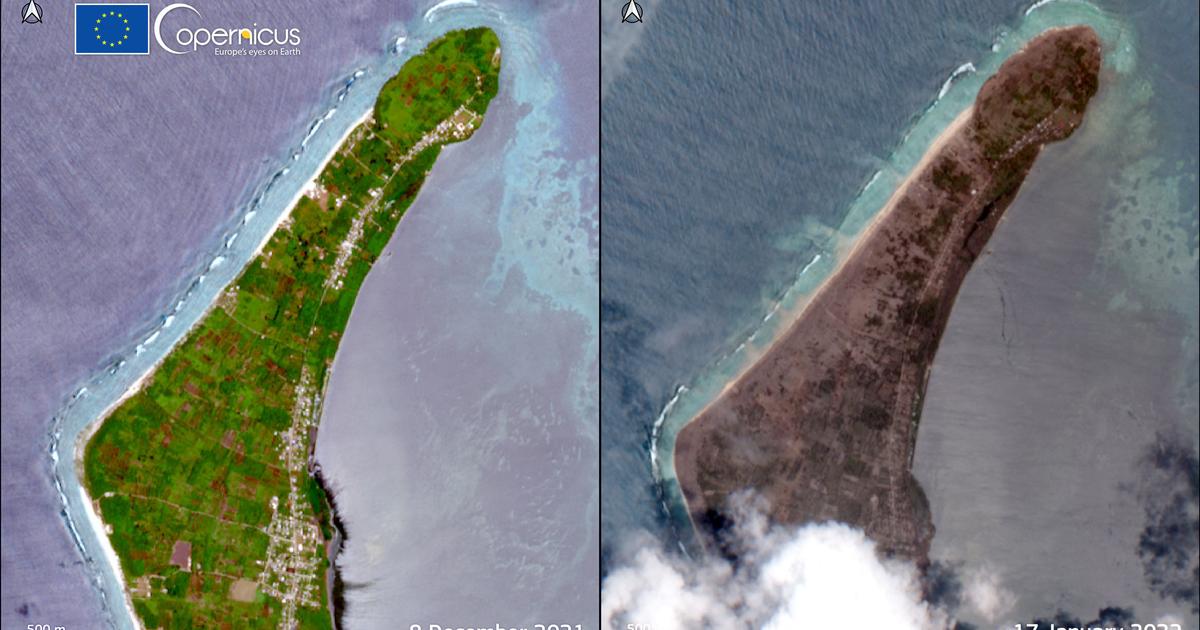Icon: enlarge
Small satellites in formation flight in an orbit
Photo: Center for Telematics
Satellites are known to be cumbersome loners.
The high-tech boxes, the size of a small car, circle incessantly in space and quietly do their tasks there.
They help us with communication, orientation or observe and measure the earth.
In the future, satellites will not only be much smaller and lighter, they could also appear in swarms for some missions.
Elon Musk, head of the electric car manufacturer Tesla, has already demonstrated the latter with his "Starlink" program.
Attentive observers can sometimes see the earth's satellites lined up like a pearl necklace in the sky.
A pioneering space project started on Monday.
Four small satellites took off in Russia with a Soyuz rocket.
The start of the Plesetsk cosmodrome in the north of the country went as planned, the Ministry of Defense announced in Moscow on Monday.
The tiny satellites, each weighing just four kilograms and measuring 10 by 10 by 30 centimeters, will act as a team in space.
In contrast to other satellite groups that are controlled from the ground, the project team coordinates the four "NetSats" only within a very rough framework from the earth.
In their orbit at an altitude of 600 kilometers, they communicate independently with each other.
They exchange position data via radio and change their position as autonomously as possible - regardless of the ground station in Würzburg, which maintains the connection via radio.
"The NetSats form a formation in three-dimensional space, if that succeeds it will be a first," says Klaus Schilling to SPIEGEL.
The project manager from the University of Würzburg has been working on the development of small satellites for years and is an expert on such so-called cubesats.
Icon: enlarge
Researcher with one of the four "NetSats"
Photo: Center for Telematics
The technology should make it possible to take better pictures of the earth.
If you want to see our planet completely and without blind spots, you need perspectives from different directions.
The image information recorded by the "NetSat" cameras can be combined and thus produce a higher quality.
This should also help climate research: "Clouds are the greatest uncertainty factor in climate models. That is why we want to better capture their inner workings from space," says Schilling.
With the "NetSats" operating in a swarm, one could analyze a cloud not only from one side, but from four sides simultaneously and then merge the data.
Once in space, the satellites, which travel at over 20,000 kilometers per hour, must not drift too far apart.
"We start at a distance of around 100 kilometers. Then the satellites move closer and closer together," said Schilling.
Ideally, the rendezvous maneuver also works, with only about 20 meters between the satellites.
The satellites change their position using a special electric drive.
Charged particles are accelerated and ejected by magnetic fields.
First the "NetSats" will fly in series.
From there they start into their three-dimensional formations.
For earth observations the four merge into a tetrahedral shape, so they form a flying pyramid.
The orbits of the individual satellites differ a little.
"Franconia in space, who had thought that"
In order to advance climate research with swarm technology, Schilling is already planning another mission: CloudCT.
It is scheduled to start in 2021 and include ten small satellites.
The researchers want to use them to examine clouds using a method that works in a similar way to a computer tomograph.
The project has already collected the necessary funding.
And there is also a celebrity fan.
At the press conference for the "NetSat" launch, Bavaria's Prime Minister Markus Söder was also involved.
The CSU politician from Nuremberg is considered a space fan and began his greetings like this: "Franconia in space, who thought that?"
Icon: The mirror



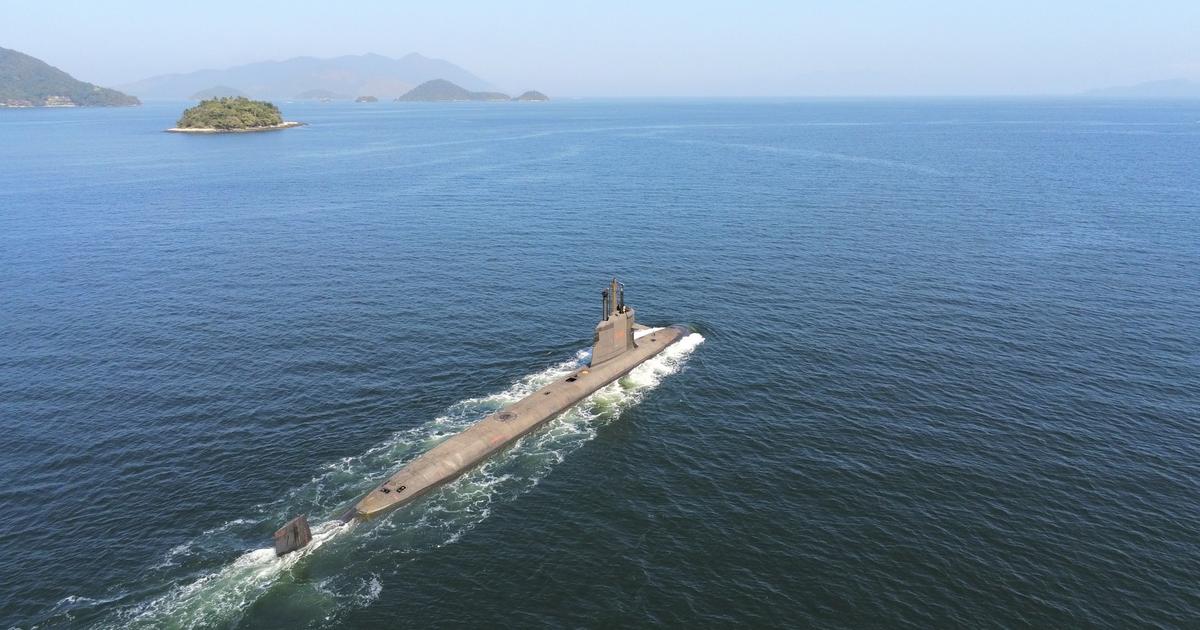
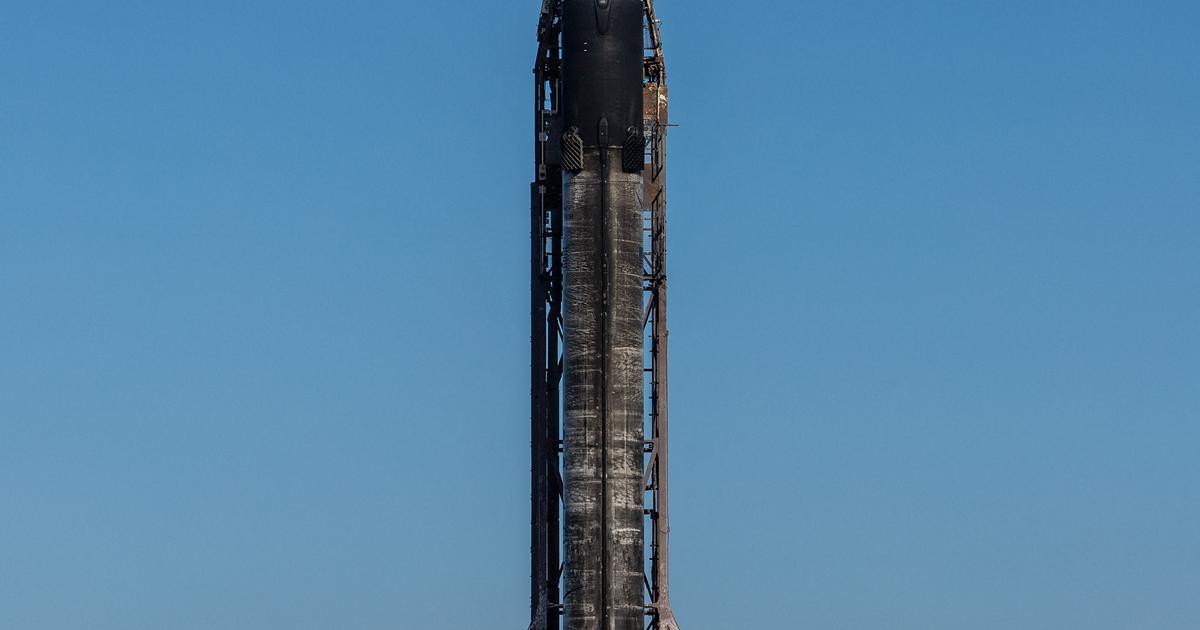

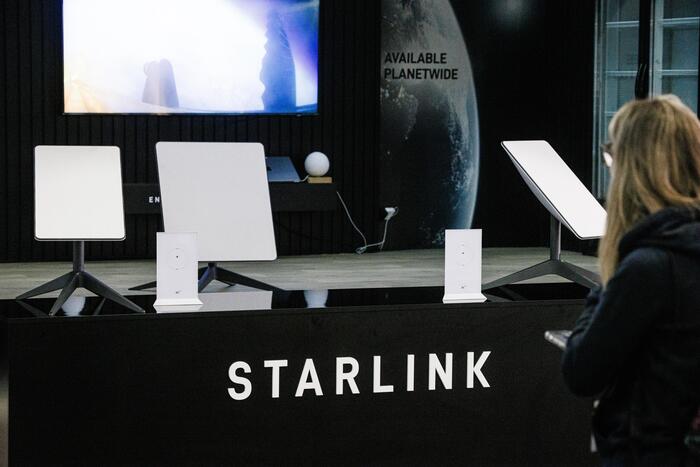
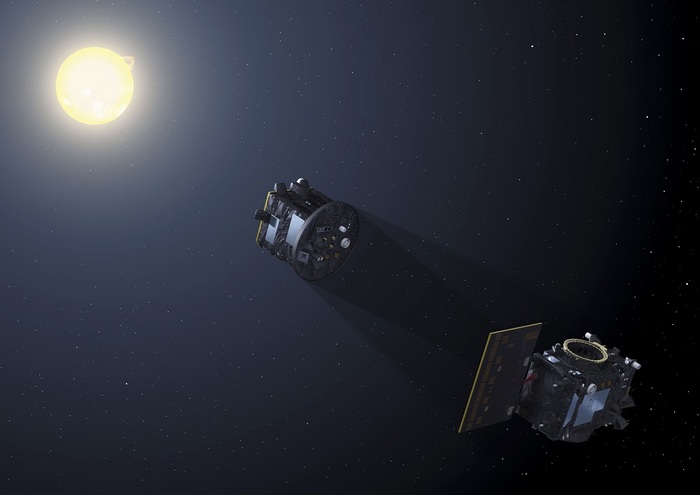
/cloudfront-eu-central-1.images.arcpublishing.com/prisa/Q2GFUQLBLVDFDE4G6U6GH2UFJE.png)
